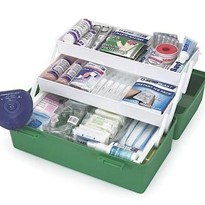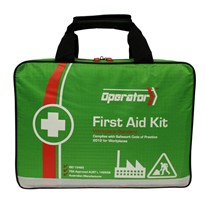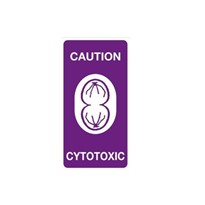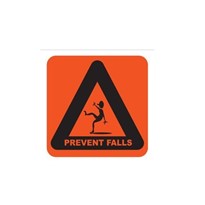Some risk factors are genetic, so they are out of your control; however, you can do something about others, like your diet and exercise. Because up to 80 percent of strokes are preventable, it is important to be aware of your risk factors, especially the ones you can control.
Lifestyle Based Risk Factors
Unhealthy diet
Diets high in trans fats and cholesterol have been linked to stroke and heart disease. According to the National Stroke Association, you should avoid consuming more than 10 percent of your daily calorie intake from added sugars and saturated fats. Plus, to keep your blood pressure under control, it’s important to have fewer than 2,300 milligrams of sodium per day.
Physical inactivity and obesity
Getting at least 150 minutes of moderate activity, or 75 minutes of vigorous activity, per week can help keep high blood pressure and cholesterol in check, as well as regulate or help avoid diabetes. Regular exercise may also reduce your risk of obesity (excessive body fat), keeping bad cholesterol and triglycerides low while keeping good cholesterol high.
Smoking and excessive alcohol consumption
According to the Centers for Disease Control, smoking can damage your heart and blood vessels, leading to increased risk for stroke. The carbon monoxide contained in cigarette smoke can also reduce your blood’s ability to carry oxygen to your brain. Even if you do not smoke, second-hand smoke increases your likelihood of having these risk factors. Alcohol can increase the level of triglycerides in your blood, which hardens arteries. Women should stick to no more than one drink per day, while men should not exceed two drinks per day. Both alcohol and nicotine contribute to a rise in blood pressure, putting you at further risk of stroke.
Potentially Modifiable Risk Factors
High Blood Pressure
Because high blood pressure is the number one cause of stroke, you should maintain a healthy blood pressure of 120/80 or lower. If your blood pressure is higher than 140/90, you should speak with your doctor about managing it.
Diabetes
Diabetes can lead to diseased blood vessels within your brain. For this reason, you should follow your doctor’s advice about maintaining healthy blood sugar levels.
High Cholesterol and Arterial Disease
High cholesterol increases chances of fatty substances, or plaque, building up in your arteries. Plaque can damage arteries carrying blood to your brain, such as the carotid arteries, leading to a stroke-causing blood clot.
Heart Disease and Atrial Fibrillation (AFib)
If you have heart disease, you are more likely to have a stroke. Having Atrial Fibrillation also makes you five times more likely to experience one. During AFib, your heart ceases to contract in a normal rhythm and begins to quiver, reducing normal blood flow. This causes blood to pool in your heart, leading to clots, which can then become lodged in the arteries carrying blood to your brain. These blockages lead to stroke.
Risk Factors Outside of Your Control
Age
While stroke is most common among the elderly, many people under the age of 65 are at risk. With each decade of life after the age of 55, your risk of suffering a stroke doubles.
Family History
If one of your grandparents or anyone in your immediate family has had a stroke, you are more likely to have one. You are also at higher risk if you or a family member suffers from a genetic disorder, such as Cerebral Autosomal Dominant Arteriopathy with Subcortical Infarcts and Leukoencephalopathy (CADASIL). CADASIL comes from a genetic mutation that causes damaged blood vessel walls within the brain, leading to a blockage in blood flow. You have a 50 percent chance of inheriting CADASIL if one of your parents has it.
Race
African Americans are more likely to have high blood pressure, diabetes, and obesity, all of which are risk factors for stroke.
Sex
Women have more total strokes, as well as more fatal strokes, each year than men do. Stroke risk may be linked to pregnancy-related complications, such as preeclampsia and eclampsia and gestational diabetes. The use of oral contraceptives and post-menopausal hormone therapy may also contribute to women’s increased risk of stroke.
Prior Stroke or Mini Stroke
If you have suffered a stroke in the past, you are much more likely to have another. Suffering a stroke-like incident known as a mini stroke, or Transient Ischemic Attack (TIA), increases your risk to nearly 10 times that of someone who has not had one. TIAs cause symptoms similar to a stroke but do not cause permanent brain damage. As TIAs can greatly increase your risk of having a stroke, you should treat them as a medical emergency and see a doctor immediately.
Know Your Risk
There are many risk factors for having a stroke. Some, such as your level of physical activity and nutrition, can be controlled by changing your habits. Others, such as high blood pressure, diabetes, and AFib, are somewhat under your control. You can’t do anything about factors like age, sex, and genetics.
It is important that you talk to your doctor about the risk factors you may have so you can figure out how best to manage them.














